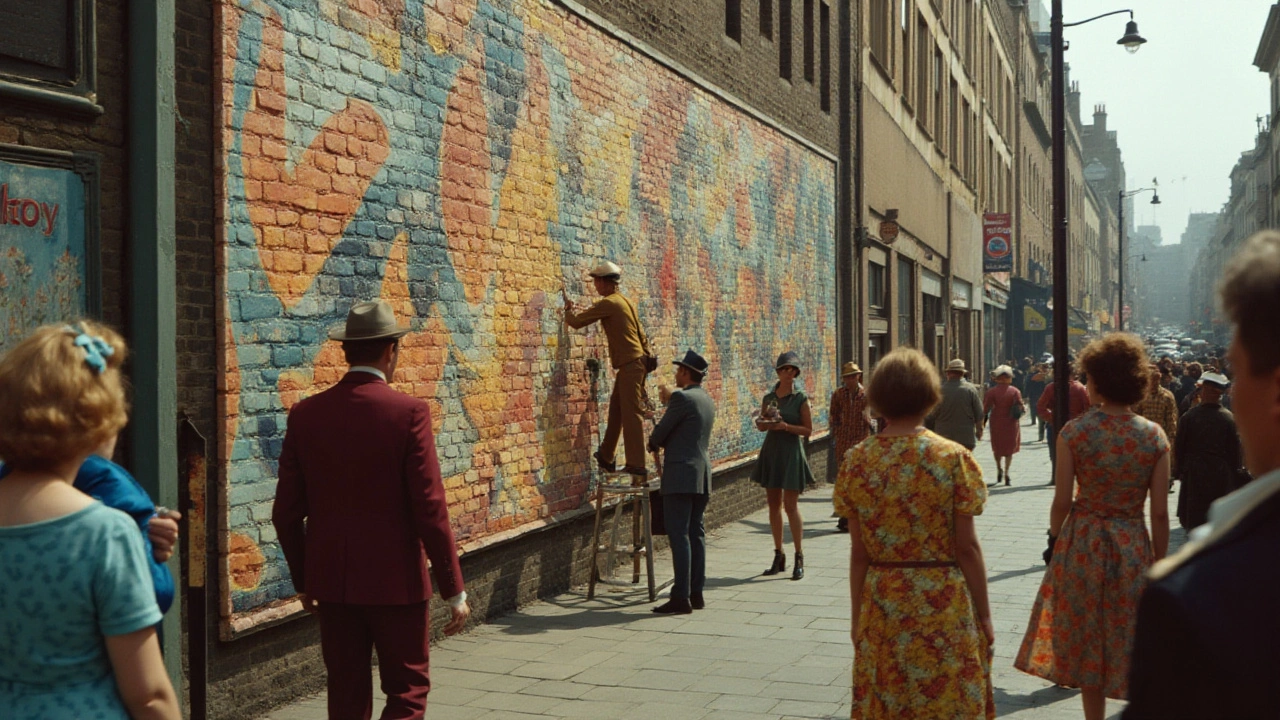Historical Perspective: How Art Movements Shape Today
Art from past centuries still steers what we see, use, and feel. Want to notice it faster? This tag groups short, practical pieces on major movements—Bauhaus, Baroque, Cubism, Fluxus, Harlem Renaissance, and more—so you can spot their marks in design, interiors, public spaces, and media.
Each article here explains one movement in plain language. You’ll get the who, the when, and the why: who made the movement famous, when it mattered most, and why its ideas stuck. For example, Bauhaus taught designers to marry function with form, which is why many modern chairs and apps favor clean lines. Baroque used dramatic lighting and motion to pull you into a story, and that technique still shows up in movie scoring and theater lighting.
Why a historical perspective matters
Knowing history gives you a sharper eye. When you walk into a room, you can tell whether a lamp echoes Bauhaus minimalism or Baroque flair. When you browse a website, you can spot De Stijl grids or Constructivist boldness in the layout. That knowledge helps you choose art, pick a style for your home, or explain a design choice without sounding vague.
This tag also connects unlikely links. You can read how land art influenced park design, how Futurism nudged smart city tech, or how ukiyo-e shaped Japanese tattoo motifs. Seeing these connections makes history feel useful, not dusty.
How to use these posts right now
Start with a movement that grabs you. Read one short article to learn the main players and a few signature traits. Then try a quick exercise: pick a room, a poster, or a website and list three features that match that movement. Repeat with another movement and compare. You’ll begin to notice patterns—color palettes, layout rules, or ways artists dramatize emotion.
If you create—paint, design, decorate—apply one clear idea from history rather than copying a style whole. Use a Bauhaus grid for layout, or borrow Baroque drama in lighting, or add a Fluxus surprise in a performance piece. Small, deliberate choices tell a stronger story than mixing styles without intent.
Finally, use this tag as a steady reference. Each linked post gives context and examples without heavy theory. Read one a week and you’ll build a reliable sense of how past art keeps shaping today’s visuals. Want recommendations? Start with Bauhaus for design, Cubism for new ways to see shape, and Harlem Renaissance for cultural impact—then follow what interests you next.

